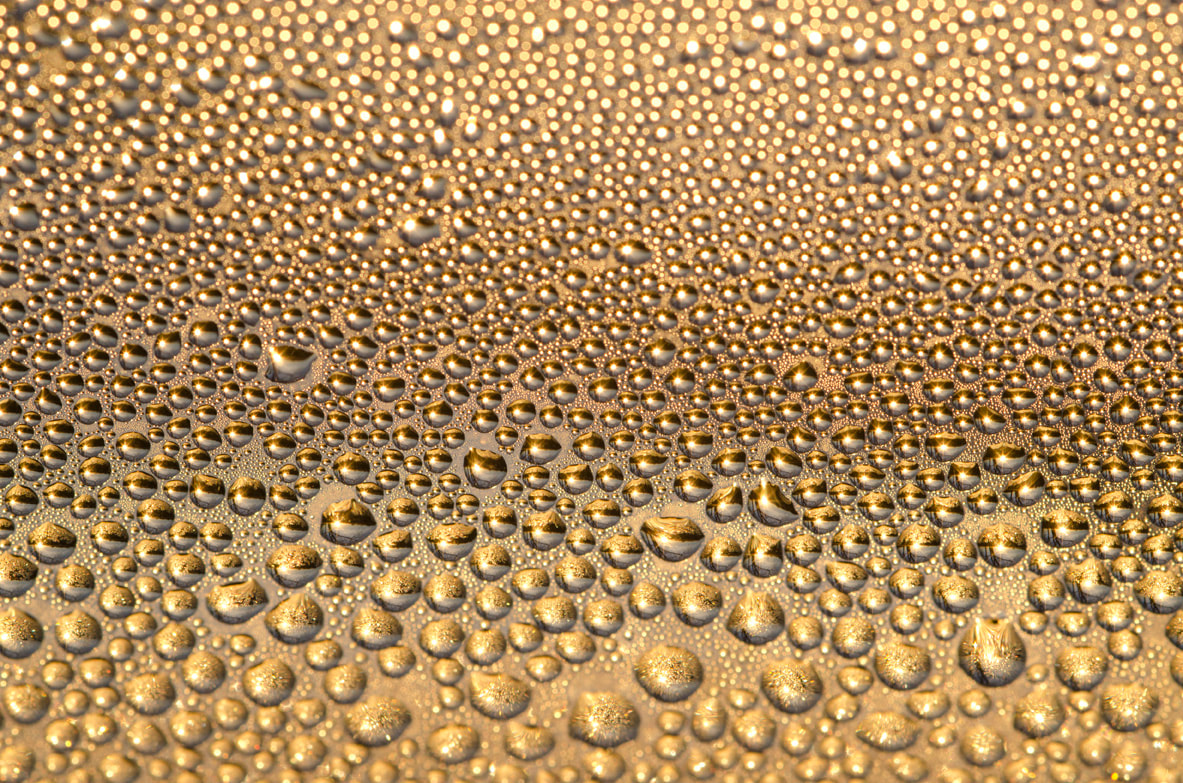The National Astronomical Research Institute page posted that NARIT astronomers participated in observing and collecting data on the phenomenon on the night of November 13, 2024. “Uranus closing star” with the National 2.4 Meter Diameter Telescope at the National Air Observatory Doi Inthanon Chiang Mai Province From the photo you can see Uranus. (the largest area in the image) while it hides the star 2MASS J03310965+1846263 which has a brightness level of about 13 and sees four large moons of Uranus, namely Miranda, Umbreel, Ariel and Titania A in addition, it also shows the thin rings of Uranus that appear rectangular when viewed from Earth
This phenomenon can be observed with large telescopes in all parts of Asia. The main shadow route will pass through Russia and Eastern Europe. When viewed from Thailand The phenomenon began at approximately 12:29 a.m. on November 13, 2024, with the midpoint occurring at approximately 12:59 a.m., before the phenomenon ended at approximately 1:32 a.m. am Such a phenomenon
This collection of data marks the first time since 1996 that astronomers have measured changes in Uranus’ atmosphere. Thailand will analyze the data together with observatories in Japan and India, including the Hokkaido University Observatory. Kyoto University Sangyo Observatory Destructive Observatory and Chandra Himalayan Observatory.
The phenomenon “Stellar occultation by planets” is a phenomenon in which the Earth, planets, and background stars are in the same straight line This makes it possible to see planets with telescopes on Earth. The planet can be seen temporarily blocking the background star. Scientists have previously used this phenomenon to detect objects around planets. As the planets move in to hide the background stars. If the light of the star changes before and after the scene, This means that around the planet there could be hidden opaque material, such as the discovery of the rings of Uranus (1977), found evidence showing Neptune’s rings (1984), and Pluto’s atmosphere discovered (1988)
Today, astronomers continue to use this phenomenon for research, namely the study of the energy and structure of the thermosphere and stratosphere of Uranus, such as collecting data on the density of the atmosphere at different levels by measuring the instability of the planet’s atmosphere. Continue reading about Uranus’ atmosphere. and use the data as a basis for planning future Uranus rover missions.
for the National Telescope Diameter 2.4 meters, the telescope is from Thailand. It is the largest in Southeast Asia. Launched in 2013, it is involved in many international astronomy research projects, with NARIT developing facilities. and various software always up-to-date Increase research efficiency and convenience for users who are astronomers from all over the world
What new insights about Uranus do researchers anticipate gaining from this upcoming observation, and how might these findings influence our broader understanding of gas giants in the solar system?
1. The first section of the interview would focus on the significance of observing Uranus during this phenomenon. Our guests could discuss why it is important to study Uranus and what kind of new discoveries they hope to make with this upcoming observation. They could also talk about how rare this event is and what makes it unique compared to other celestial observations.
Question: Can you tell us more about the importance of studying Uranus, particularly during this rare “stellar occultation by planets” event? What are some of the key aspects of Uranus’ atmosphere or characteristics that researchers are hoping to learn more about through this observation?
2. The second section of the interview could delve into the technical details of the observation process, including the telescope used and how it was calibrated for this specific purpose. Guests could also share their perspective on the challenges they face when attempting to capture images or data of distant celestial bodies like Uranus.
Question: Can you give us a behind-the-scenes look at the preparation that went into this observation of Uranus? What kind of challenges did you face in setting up the telescope for this event, and how did you ensure accurate data collection?
3. The third section of the interview could discuss the international collaboration involved in this research project. Our guests could explain how data collected from other observatories around the world will be combined and analyzed to create a comprehensive understanding of Uranus. They could also touch on the benefits of working together across borders and disciplines in the field of astronomy.
Question: What kind of collaborations are taking place between Thai astronomers and their counterparts in Japan, India, and elsewhere? How do these international partnerships help to improve our understanding of Uranus and other celestial bodies?
4. we could end the interview by discussing the wider impact of this research on our understanding of our solar system and beyond. Guests could share their thoughts on the practical applications of these observations, as well as their hopes for future missions to Uranus and other outer planets.
Question: What kind of real-world implications do you see coming from the data collected during this observation of Uranus? Are there any plans for future space missions to explore the planet further, and what role might Thailand play in that endeavor?


